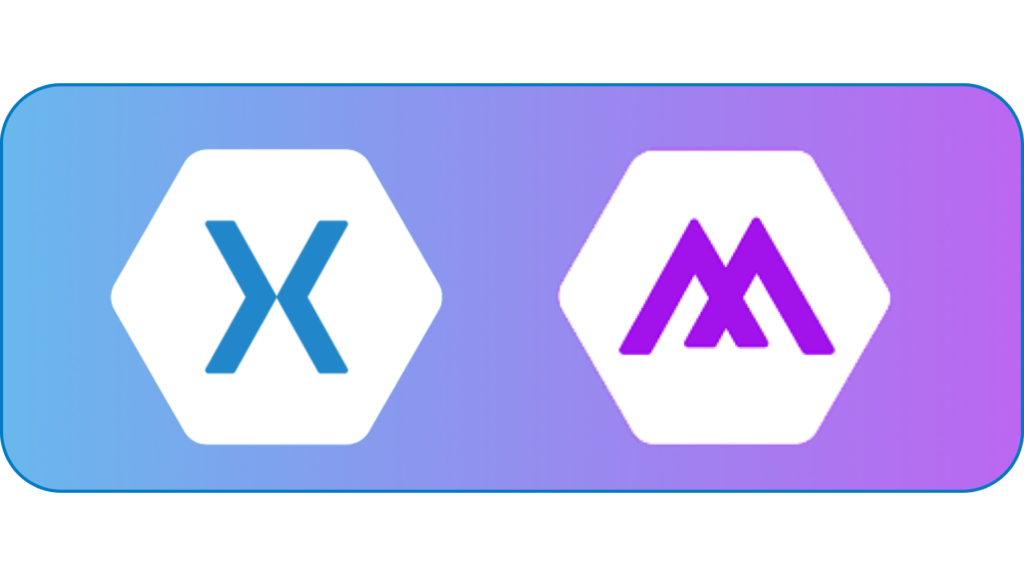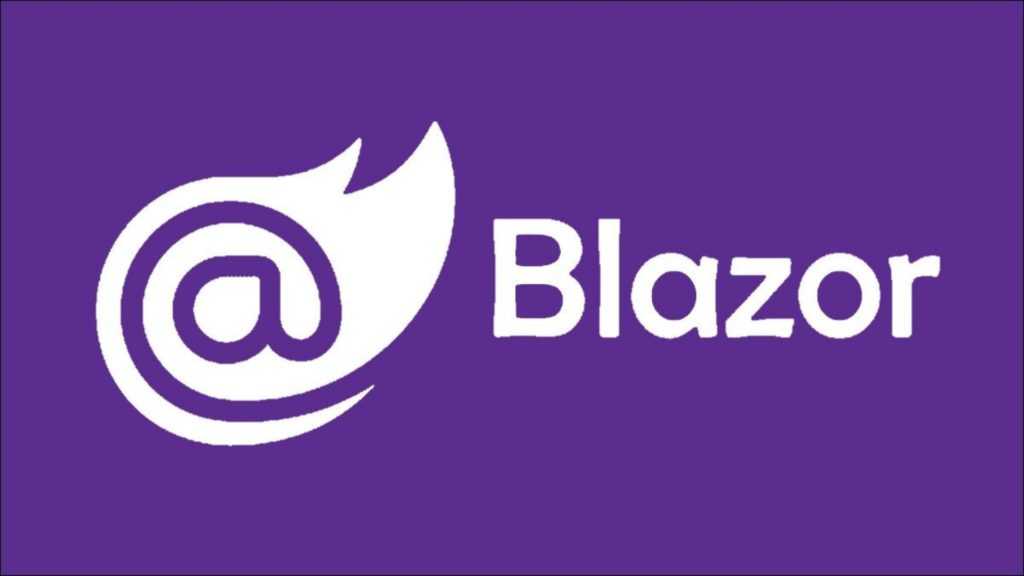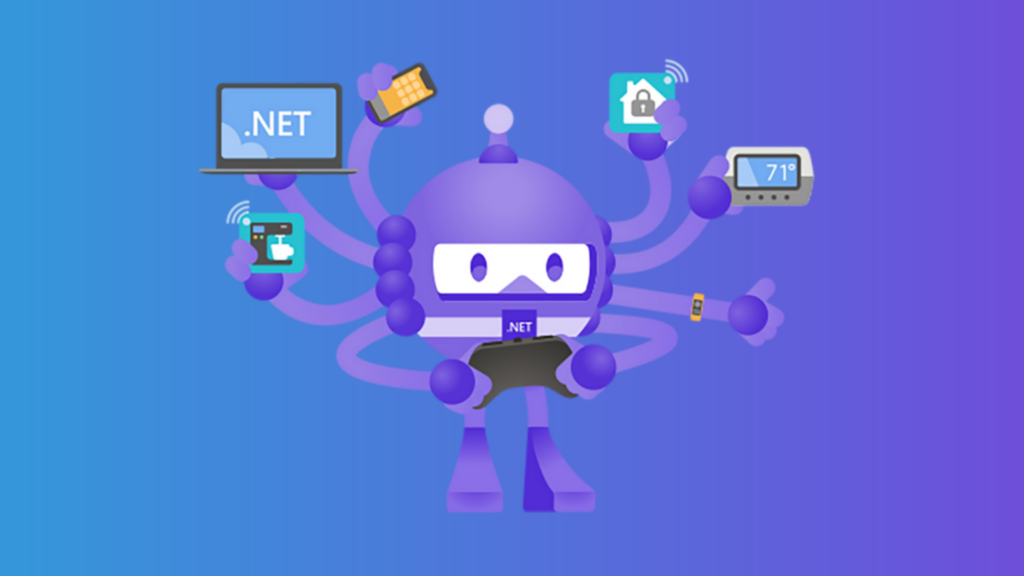Ditch the MVP: Achieving Success with the Smallest Successful Release

Discover why the traditional MVP approach might not be the best strategy for established organizations. At Xablu, we advocate for the “Smallest Successful Release” (SSR), a strategy that balances minimalism with functionality to deliver significant value and a comfortable user experience.
Aligning Software Product Management with the EU Digital Single Market Opportunities
Explore how software product managers can navigate the complexities of the EU Digital Single Market by integrating key frameworks such as eIDAS, euID, and EBSI into their development strategies.
Ensuring Your Investment in Software Development Delivers Maximum Value

How can you ensure that your investment is not only secure but also efficiently driving maximum returns? At Xablu, we guide software organizations to adopt an operating model that directly connects business objectives with measurable software development outcomes, ensuring your funds are put to optimal use.
Cost Targeting in Software Product Management: A Multidisciplinary Approach

Explore strategic cost targeting in software management, focusing on optimizing costs for the Smallest Successful Release. Emphasize resource efficiency, use User Story Mapping for alignment, and collaborate with technical teams to balance budget and impact.
Maximize Your Mobile App’s Potential with .NET MAUI: A Migration Guide

Embark on a transition from Xamarin to .NET MAUI with our guide. This covers key migration steps, tackles common obstacles, and weaves in effective DevOps strategies for a streamlined process. Gain valuable insights from experts, and utilize Microsoft’s official resources coupled with Xablu’s specialized services to ensure a flawless shift. Ideal for developers eager to enhance their mobile app’s capabilities in the dynamic .NET MAUI environment, this guide is a roadmap to leveraging .NET MAUI’s advanced features and achieving superior app performance. Equip yourself with this guide to navigate the complexities of migration with confidence.
The Ultimate Guide to React: Everything You Need to Know

Learn all about React development, from its key features to advanced concepts like hooks and server-side rendering. This guide covers everything you need to know to build dynamic and efficient web applications with React.
The transition from Xamarin to .NET MAUI

Explore the seamless transition from Xamarin to .NET MAUI with our expert insights. Discover how our tailored approach minimizes disruptions and maximizes efficiency for your business’s app development journey.
Unlocking the power of .NET Blazor: using component libraries for development

Unlock the potential of .NET Blazor by leveraging component libraries for development. This guide covers integrating these libraries to enhance performance, streamline processes, and improve the user experience in Blazor applications.
.NET MAUI, Xamarin Support Ends

Change is inevitable in the world of technology, and as IT professionals, we must adapt to the evolving landscape. One such change that is fast approaching is the end of […]
